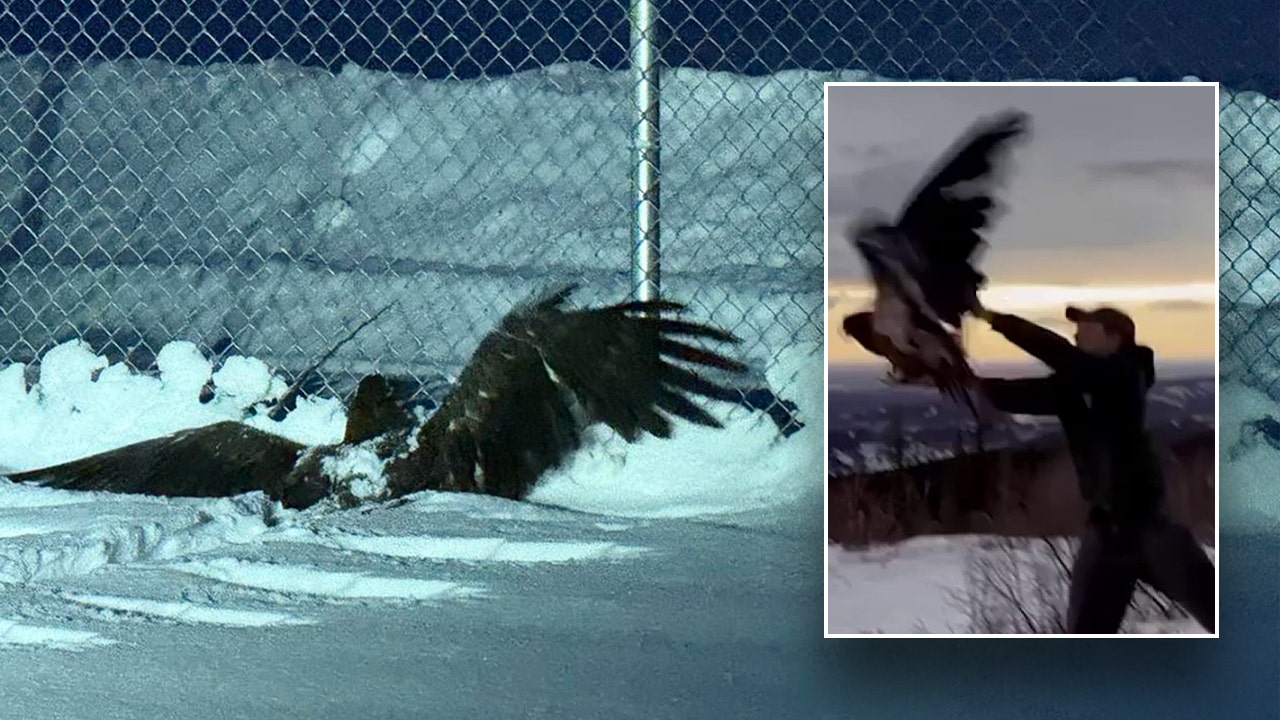As Hurricane Ian approached Florida in September, Jeremy Ham had one thing on his mind: honeybees.
His bees, like those of hundreds of other beekeepers in Florida, were in the middle of their fall honey flow as Ian barreled toward the coast as a Category 4 storm, with sustained winds of 150 miles per hour.
“If you get anything above 40-mile-an-hour winds, all of that flower bloom is going to blow off the tree,” Mr. Ham said. “Then the bees are going to miss out on that really important buildup going into winter.”
There was not much he could do. Mr. Ham’s company, Old Florida Bee Company, had hives spread out across southwestern Florida, and he and his employees in Myakka City had to focus on their own safety.
After seven hours of nonstop lashing wind and rain, Mr. Ham surveyed the damage. The water was so high he had to swim. Old Florida Bee Company lost 2,760 of its 7,000 hives. Mr. Ham estimated the damage at $2 million, including the loss of bees, crops, trucks and other equipment.
“We didn’t think it would be this bad,” he said.
The Florida State Beekeepers Association estimated that Hurricane Ian destroyed between 150,000 and 300,000 beehives, a loss that could have far-reaching consequences across the United States. Many beekeepers keep their hives in Florida in fall and winter before leasing them out to large farms from coast to coast to assist in pollination for the country’s food supply.
“Bees don’t make honey for us to eat for our biscuits,” John Coldwell, the association’s president, said. “Bees make honey so that they can survive through the next season.”
Mr. Coldwell said that at least 100 beekeepers in the state would never recover.
The decimation of beehives and feeders, as well as nectar- and pollen-producing plants that the bees rely on for food, prompted mass recovery and donation efforts. Greater Good Charities, a global nonprofit group that helps people and animals during disasters, worked with Mann Lake Bee & Ag Supply, the University of Florida and the beekeepers association to distribute more than 500,000 pounds of syrup and 113,000 pounds of pollen substitute to feed nearly 1.7 billion bees.
“The flora comes back; all we were trying to do is get these folks enough food to get them over the hump,” Mr. Coldwell said.
It was not the first time Greater Good Charities and the beekeepers association had come to the aid of beekeepers. In 2018, after Hurricane Michael slammed into the Florida Panhandle, Greater Good Charities helped feed a billion bees, said Noah Horton, the organization’s chief operating officer, “to ensure the stability of our food system.”
At least three-quarters of flowering plants require the assistance of pollinators, including bees, butterflies and moths, to produce fruit and seeds, and about one-third of the food humans eat depends on pollination by honeybees. Climate change, pesticides and habitat loss are contributing to a steep decline in bee populations, and commercial beekeeping is vital to the production from honeybees.
Of Florida’s 800,000 beehives, about 60 percent are focused on pollination, Mr. Coldwell said. The state’s honeybees are key pollinators for California’s almond harvest, Mr. Coldwell said. They are then shipped to Montana for alfalfa pollination, followed by Washington and Oregon for pears and cherries; across the plains to Wisconsin and the Dakotas for cranberries; to Ohio, Indiana, Illinois and Pennsylvania for apples, peaches and cherries; and finally to the Northeast for blueberries and cranberries before being sent back down south.
The impact of the loss of so many Florida honeybees could extend beyond fruits and vegetables. Alfalfa is a primary food for livestock.
“It’s very lucrative — as long as everything goes perfectly,” Mr. Coldwell said, adding, “You’re going to see the trickle-down effect to the supply chain for grocers because of this.”
Among the honey producers who lease their hives to almond growers in California is Bee-Haven Honey Farm in Polk County, Fla. Tammy Sadler, who runs the farm with her husband, Michael Sadler, said Bee-Haven had lost a few hundred hives in the storm but would still be able to send about 400 hives out west. They are among the lucky ones, she said.
“We’ve had no income for this season but a dramatic increase in our expenses,” Ms. Sadler said. “Other folks lost tangible equipment. I don’t know how they recover from this. This will take years. We know a few that have said: ‘I’m out. I’m too old to start over. I’m done.’ This country doesn’t have enough commercial beekeepers already.”
Ms. Sadler estimated that her company had lost $150,000 from the fall honey harvest, a hit that will be felt into the spring. Ms. Sadler said Bee-Haven Honey Farm had not even made 5 percent of its usual crop yield from Brazilian pepper trees, an invasive plant that blooms in the fall and is favored by the honeybee.
Like other Florida farmers, the Sadlers were already reeling from an unexpected freeze earlier this year that she said had “drastically reduced” their orange blossom honey yield. It was the worst yield in 40 years, she said.
Bee-Haven received several 250-gallon totes of syrup and a few boxes of pollen for their bees from a Greater Good Charities donation event in October. That helped, Ms. Sadler said, but “here we are two months after the storm, and even with the feed that was offered by Greater Good, we’re still having to buy totes of feed already.”
Ms. Sadler estimated that it would take her and her family, who have been in the honey business for three generations, at least a year to recover.
“That happens — it’s farming; it comes with the territory,” she said. “We’re suffering. It’s hard. It’s going to be a long time until spring.”

















Discussion about this post